We all love to look glamorous. And if you spice up your attire with accessories like a front pocket wallet with money clip and a nylon black belt, it’s easy to turn heads. But first, you’ll need a lean body and a fit waistline, whether a man or a woman.
A great waistline is so hard to achieve, considering that our lifestyles always draw us closer to acquiring a bulge. If you’ve chosen to hit the gym regularly, there are a couple of things you can do to gain quick and long-lasting results. one of them is incorporating a weightlifting belt while working out.
But should you use it all the time when lifting weights? Apart from the perks a weightlifting belt brings, are there any health risks it poses on our body? Read on to find out every important detail you need to know about weightlifting belts.
What Role Does A Weightlifting Belt Play?
A Titanium Cinch Belt makes you look great in your pair of jeans and T-shirt. But what does a weightlifting belt do? You’ve probably seen almost everyone at the gym has a thick belt around their waists and wondered if it plays a role in lifting better, or safely. The most common perception is that weightlifting belts help you work out safely, according to Strength and Condition Journal publication.

It’s not known whether the use of a belt while working out helps avoid injuries though. But some studies, such as the JAMA, indicate that using back-supporting belts when lifting weights doesn’t reduce incidents of lower back pain or back injuries. So, the idea of using a weightlifting belt to help you prevent injuries while working out is out of the table. That’s not the role of weightlifting belts anyways.
Primarily, lifting belts help support the abs and don’t support the back directly. It does sound senseless but the truth is that the belt acts like your second abs, preparing the body to manage to lift heavy objects. They’re enhancers, enabling your body to lift heavier weights than you’d naturally manage, hence allowing you to put your core muscles into use.
Learn The Mechanics Of Weightlifting First
But should you start putting on a belt right away even when just getting started with weightlifting? First, understand that lifting more weights with the back than your body can manage poses a higher risk of injury. You stand to suffer from pulled muscles, torn ligaments, and bulging discs if you risk it.
For experienced weightlifters, their core muscles are what limit them in performing lifts such as squats or deadlifts. That’s because the torso is what the legs use to transmit force to the weights. If your spine/core does not support efficient energy transfer, then you won\'t be able to lift more weight as possible. Hence putting on a weightlifting belt improves the force transfer process, therefore, lifting more weight.
In untrained weightlifters, several muscles limit the body from lifting more weight. Putting on a weightlifting belt in such a scenario puts your entire body in a position where it won\'t come out safely after the lifting. That’s because the rest of the body isn’t strong enough to support the weight.
With strength training, ensure you’ve mastered the mechanics of lifting weights before increasing the amount your body can lift. As you continue working out, your body automatically syncs to the weights and you’ll build the lean muscles to make your outfit look fabulous with a Cinch Belt and slim minimalist wallet made in USA.
When is The Right Time To Put on A Weightlifting Belt?
First, you need to know the types of exercises that a belt will help. These are the exercises where force transmission through the torso from the legs takes place. Also, those exercises your core stability contributes to lifting the weight. The most common types include squat variations, overhead press, and deadlift variations.
Secondly, you have to understand when to put on a weightlifting belt while working out. Belts are more effective when doing deadlifts or squats above 60 percent of your 1RM. The belts are also useful when lifting weights at 7 RPE and above.
There’s one point to note though – weightlifting belts won’t increase your lifting capability and strength automatically. You need to go through the learning curve of wearing and lifting with the belt. Some people may indeed realize the benefits right away or after a short time, but it’ll take more time for most people to get the hang of it.
When Do You Reap The Most Out Of A Weightlifting Belt?
It all depends on what your goals are as far as working out is concerned. if you’re dead serious about building strength and lifting heavier weights, put a belt on. If you do regular squats and deadlifts close to the maximum weight you can lift, or looking to break a plateau, you can try using a belt.
As your body adapts to the weights, you’ll slowly find the right tune for using weightlifting belts. Likewise, you’ll start building the shape that everyone will admire when in a slim-fitting suit with a Trayvax Element Wallet.
Conclusion
you don’t have to put on a belt whenever working out. First, master the mechanics of how the belt benefits your body and the right way to use it.
If you choose to use a weightlifting belt, make sure you use it properly. Working out regularly the right way can give you the lean body you desire to make accessories like a black cinch belt and slim minimalist wallets look fabulous on you with your slim-fit suit.

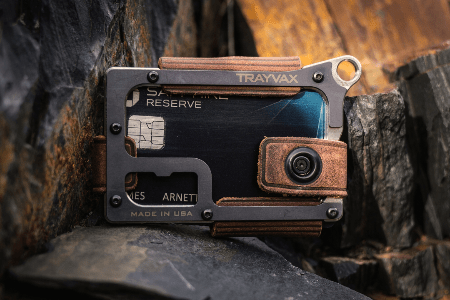
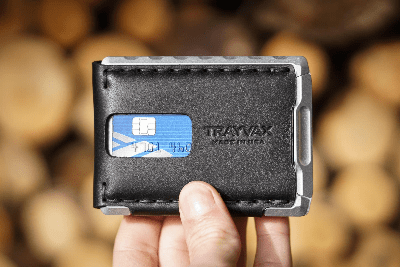
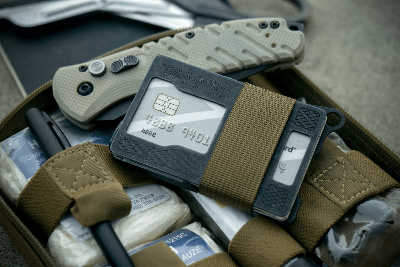
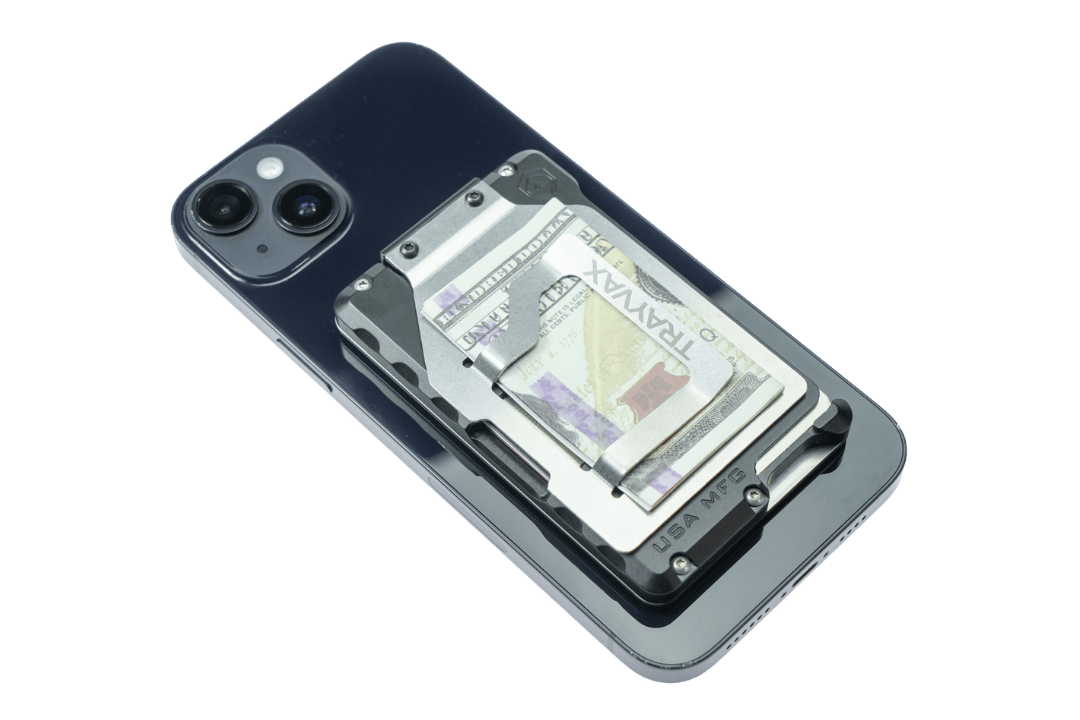



















































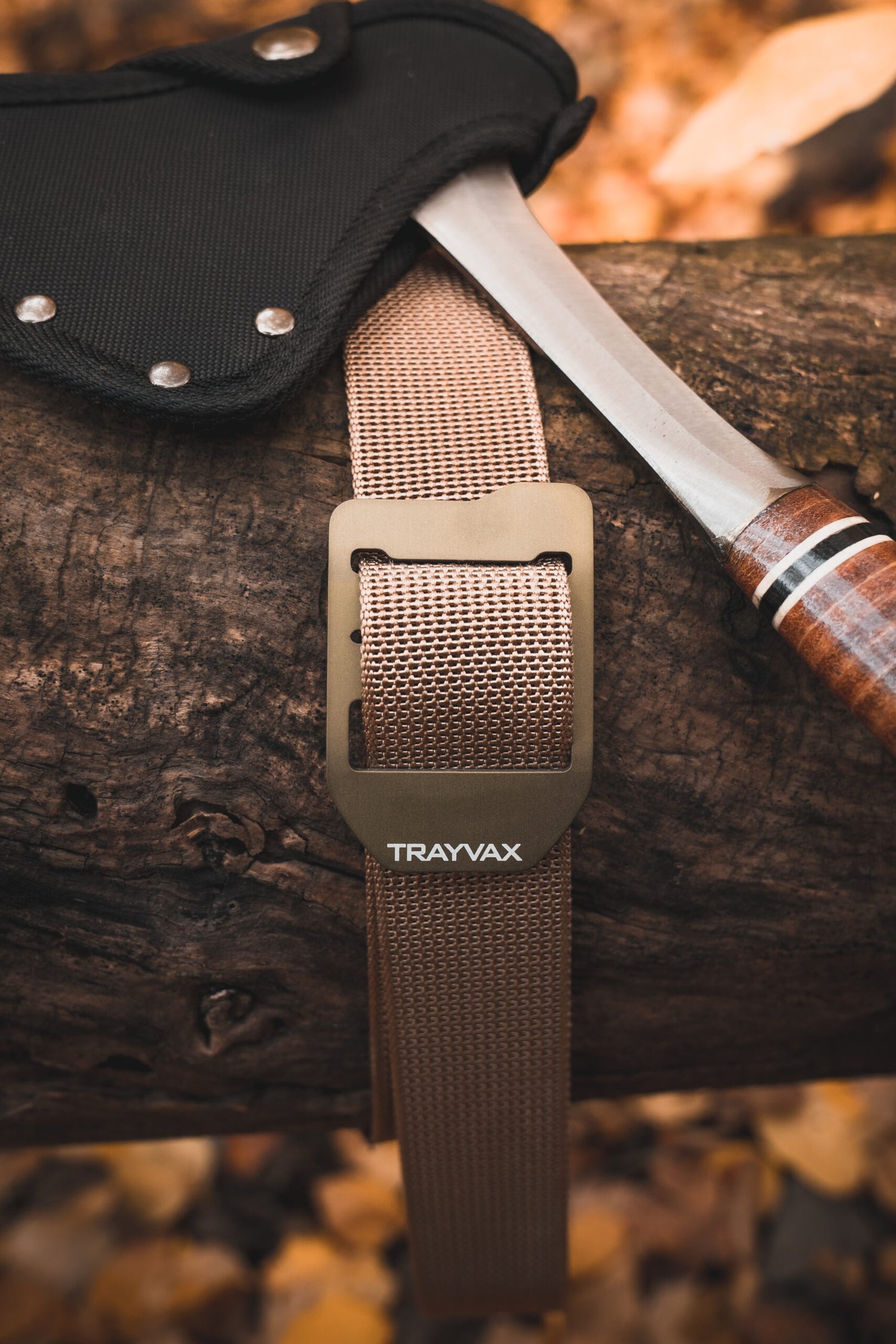
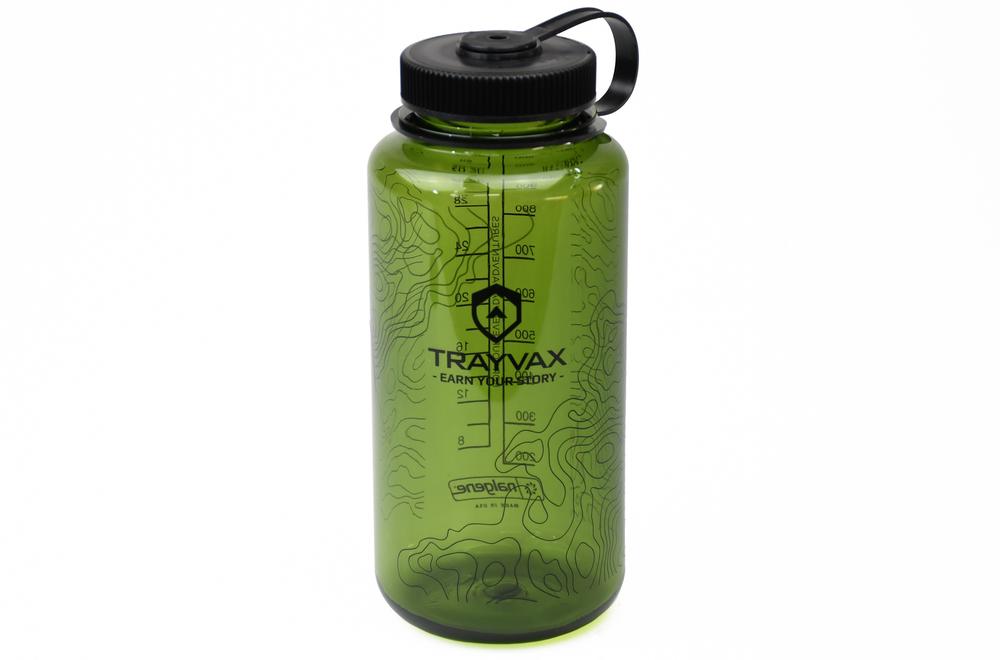
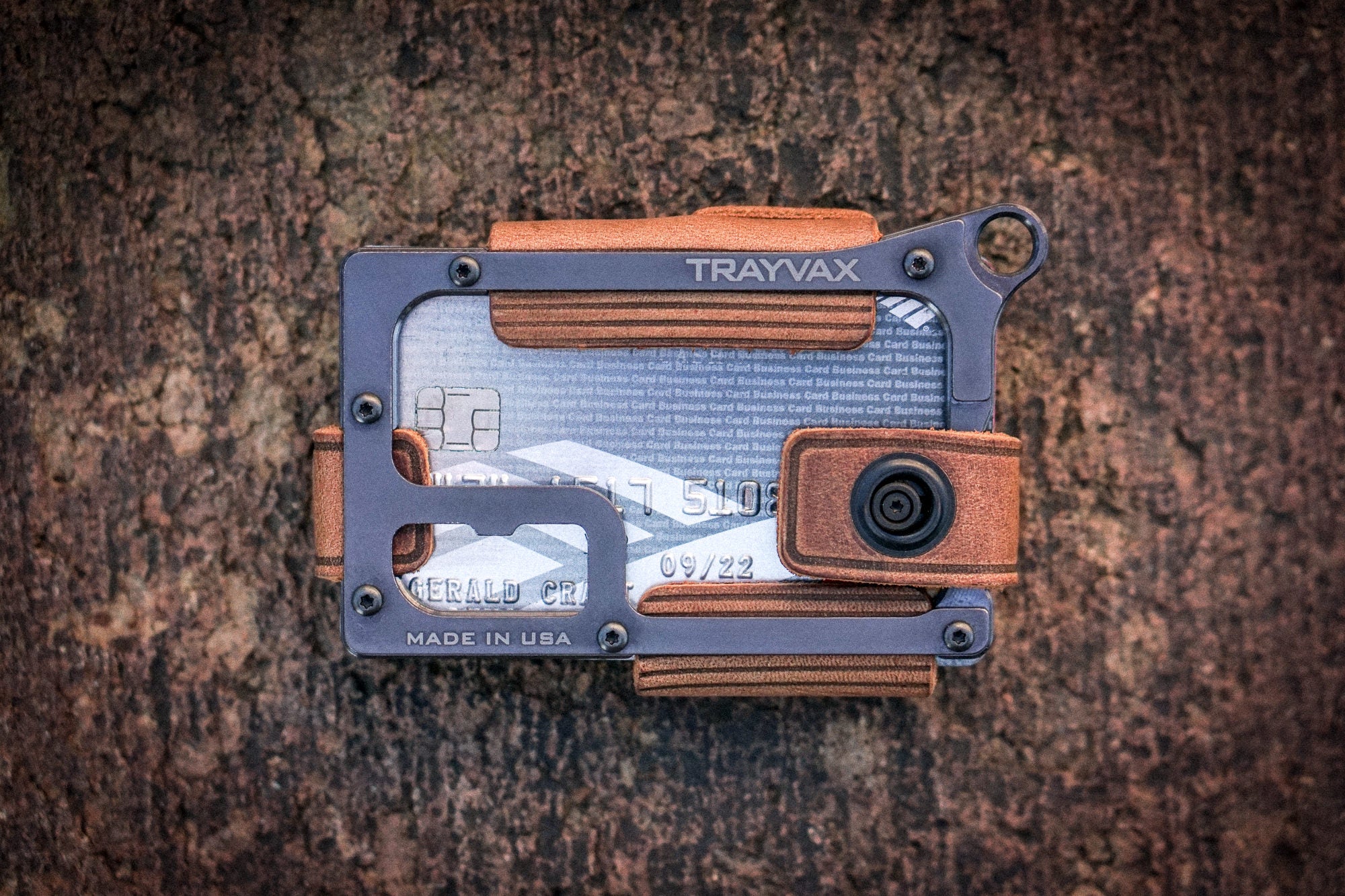
Leave a comment
All comments are moderated before being published.
This site is protected by hCaptcha and the hCaptcha Privacy Policy and Terms of Service apply.